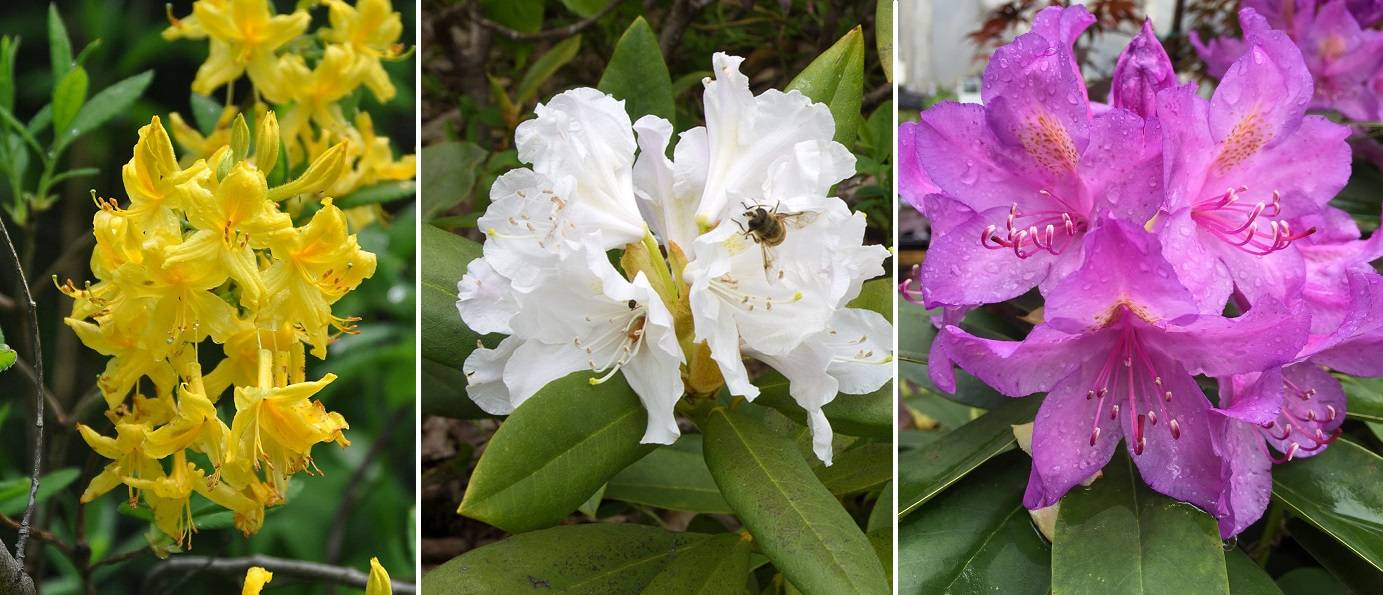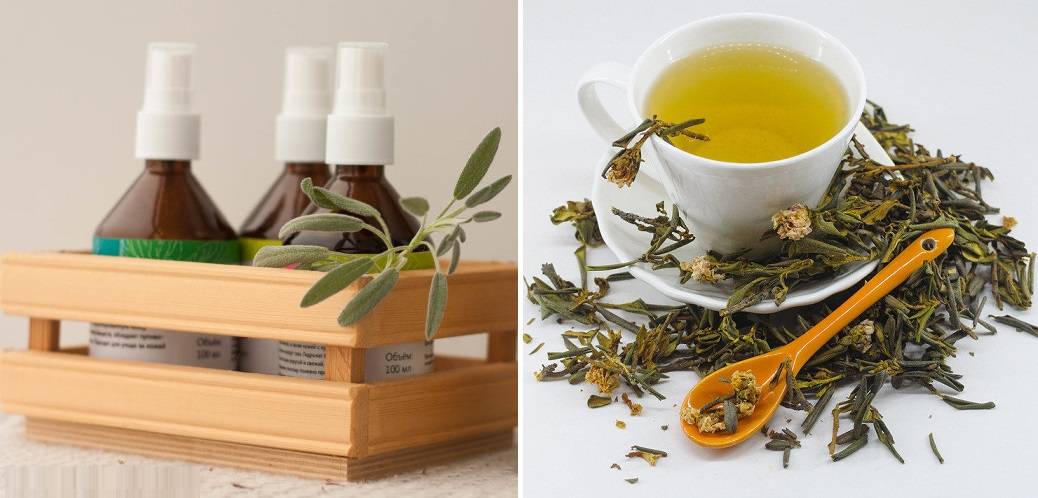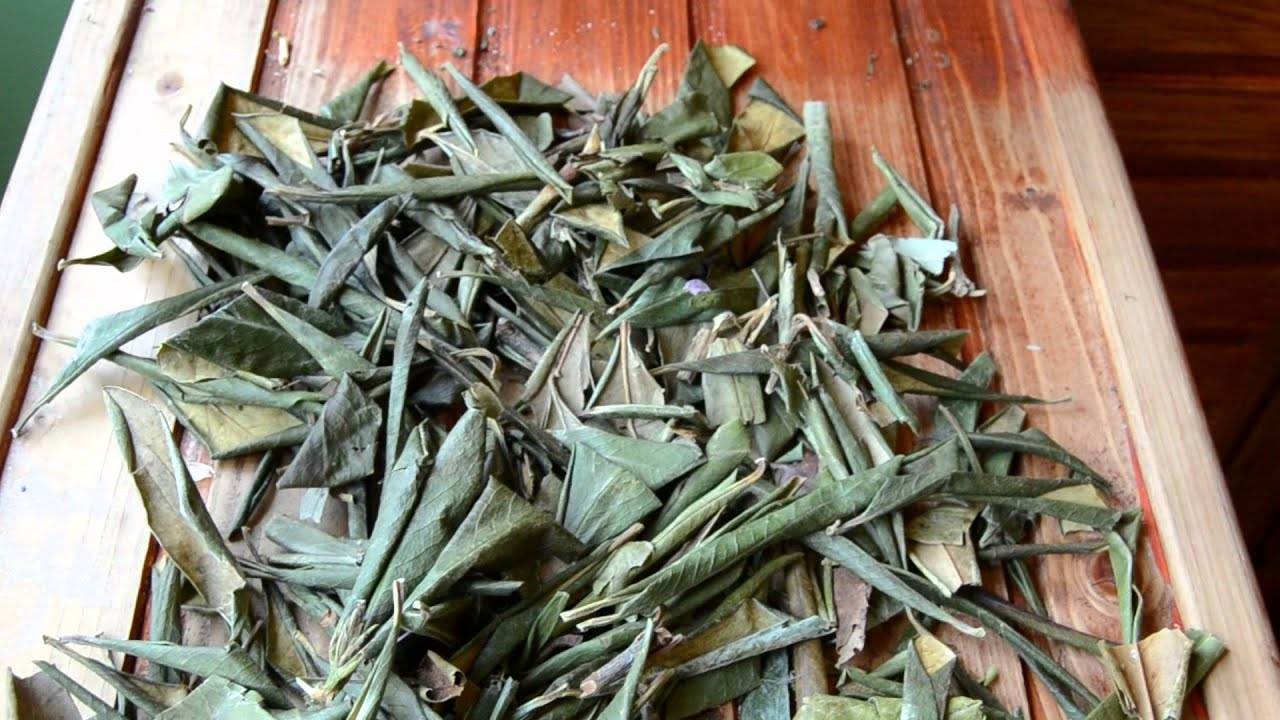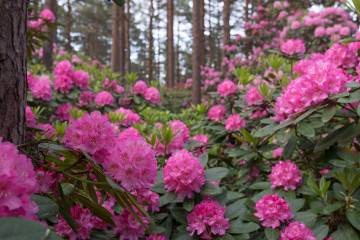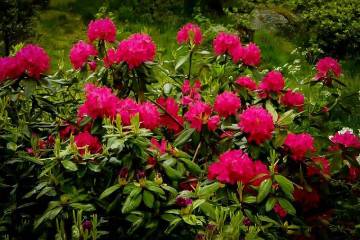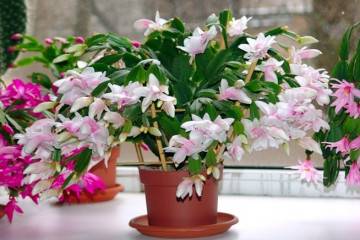Caucasian rhododendron in the mountains: when it blooms
Content:
In addition to the fact that the rhododendron plant itself is very beautiful, there are varieties that have medicinal properties. These include the Caucasian rhododendron, which helps in the treatment of many diseases. However, it also contains poisonous substances, so you should understand in detail what kind of plant it is.
Distribution and habitat
The natural habitat that gave the name to the plant is the highlands of the Greater and Lesser Caucasus. In Russia, the flower captures the Caucasian mountain ranges, grows in the Krasnodar Territory and Adygea, and also grows in the mountains located in Abkhazia and Turkey.
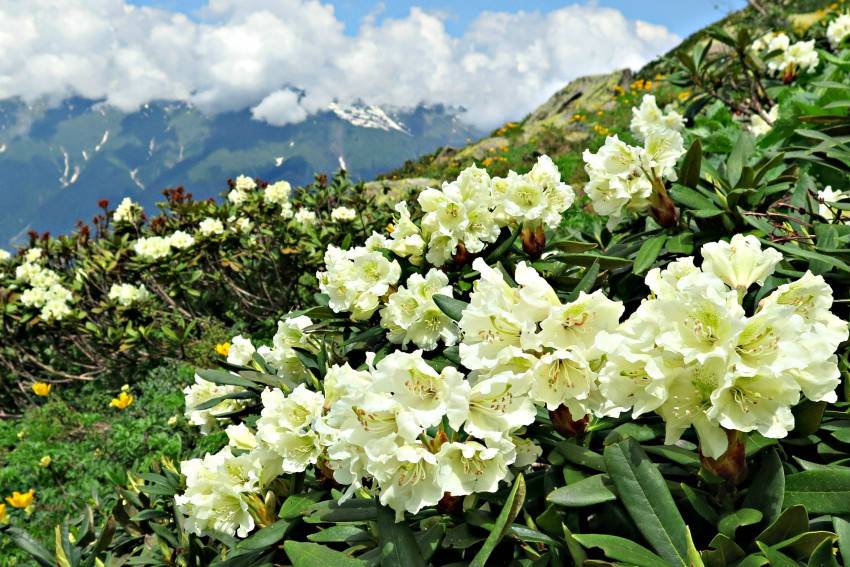
Blooming rhododendron in the mountains is a very beautiful shrub that is not always easy to grow at home.
The shrub is accustomed to living in the conditions of mountain slopes, where its thickets are spread. It is in demand for growing in garden plots not only because of its decorative qualities, but also due to its popularity in folk medicine.
Description of the Caucasian rhododendron
Caucasian rhododendron is a mountain evergreen shrub, the height of which does not exceed 80 cm. The root system is superficial, expanding in breadth. Strongly curved creeping shoots hang over the ground. The bark is tough, dark brown. Dense elliptical leaves with pointed tips are dark green glossy above, and grayish-green below with orange fluff.
The buds from which the flowers are formed are in the form of white bells, sometimes with a yellowish or creamy tinge, collected in inflorescences up to 15 pcs. The shrub can bloom at different periods, depending on the area where it grows. For example, in the mountains of the Caucasus, rhododendron blooms when the weather is warm enough - from June to July.
Differences from other species
There is some confusion about the classification of Caucasian rhododendrons. Several species of shrubs that grow in one area are considered to be Caucasian, but there is also a separate species under this name. In other words, the following varieties are ranked among the Caucasian rhododendrons:
- Caucasian yellow rhododendron is a frost-resistant shade-loving plant with small (1-2 cm) bright yellow flowers. Due to its aroma, it is in demand when creating perfumery;
- The Caucasian mountain rhododendron is distinguished by larger (up to 5 cm) white flowers. In the gardens, its hybrid varieties are grown, having flowers of pink and yellowish shades, monochromatic and speckled;
- Pontic rhododendron is a melliferous tree species, but its honey possesses not only medicinal, but also poisonous properties. The tree can grow up to 6 m in height. It also has many hybrid forms with colors ranging from white to deep purple.
Chemical composition
The plant has a unique natural composition: andromedtoxin, tannins, essential oils, vitamin C.
Andromedtoxin is a special physiologically active substance that has a sedative effect, but if doses are exceeded, it can have a toxic effect.
Economic value and application
A plant growing on mountain slopes and clinging to their surface prevents rocks from shattering.
All parts of the plant are actively used in pharmacology. Modern methods of collecting rhododendra honey have made it safe. It has a beige tint, tastes tart and less sweet, and is useful in the fight against colds and infections.
Healing properties
Healing qualities are inherent in all parts of the plant: stems, leaves, flowers and even roots. They are used to treat many diseases of the joints, heart, kidneys. They differ in bactericidal, antipyretic, diaphoretic, sedative, analgesic properties. Eliminate inflammation of the prostate gland in men.
Due to the ability to remove excess moisture from the body, rhododendron helps to reduce shortness of breath, normalize the heartbeat, and eliminate edema. The leaves help relieve asthma and chronic bronchitis by calming the lungs. On the basis of flowers, tea preparations are made to reduce sore throat and headache.
Application in traditional medicine
Traditional folk medicine recommends using teas, infusions and decoctions from rhododendron leaves. According to the prescriptions, they are effective in treating fevers, epilepsy, insomnia, and nervousness. They are used to get rid of rheumatism, gout, dysentery, colitis.
Contraindications and harm
The poisons that make up the composition can have a harmful effect, and are dangerous for the following categories of people:
- pregnant and lactating women;
- allergy sufferers;
- patients with tissue necrosis.
With self-medication and violation of the recommended dosages, salivation and sweating increase, dizziness, nausea, vomiting, and weakness appear. With the continuation of taking the drug based on rhododendron, the pressure decreases, and convulsions appear.
Preparation of medicinal raw materials
Most often, leaves are used, harvested during flowering, when the concentration of substances in them is highest. The collection of raw materials is carried out only from young plants 2-3 years old. Raw materials are dried in a well-ventilated room, laid out in one layer and sheltered from direct sun, or in an oven at 50-60 ° C. Store in a sealed glass container, in a dark and cool place, no more than two years.
Growing and propagating a plant
Many flower growers want to grow not only in their personal plot, but also in the apartment this beautiful and useful plant. However, the mountain bush is too capricious and selective in the conditions. It can be successfully cultivated only in the open ground of the Moscow and Leningrad regions, as well as in areas located above the level of the Middle Lane.
Even in favorable areas, the plant must be planted in shady corners with moist soil. The recommended composition of the substrate is garden soil, peat and coniferous litter (3: 2: 1). Agricultural technology is used common to all varieties of rhododendrons.
Features of plant care in the first year after planting
Having planted a seedling, they carefully monitor the moisture content of the soil so that the roots do not suffer, although excessive watering is also not recommended. There is no need to feed the shrub during the first year.What's more, fertilization can damage the delicate root system. Maintenance activities can be limited to weeding and mulching. Loosening of rhododendron is contraindicated. Before the onset of cold weather, water-charging irrigation and the creation of a shelter are required.
Diseases and pests
The roots of rhododendron planted in clay soil are at risk of fungal infections. The plant should be treated with a fungicidal preparation and transplanted to a more suitable location.
The most common pest is the rhododendron bug. Its presence can be detected by light dots on the leaves. The plant is saved by treatment with an insecticide.
The Caucasian rhododendron is not only beautiful, but also useful. But, having grown it on his site, the gardener must be careful in using medicinal compositions prepared on his own, since medical contraindications are no less important than the possible benefits.
